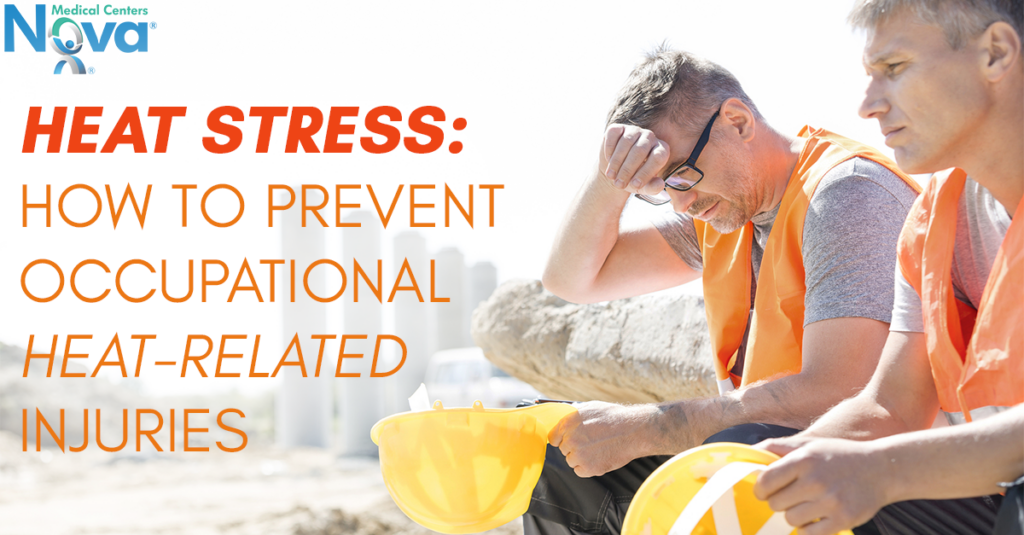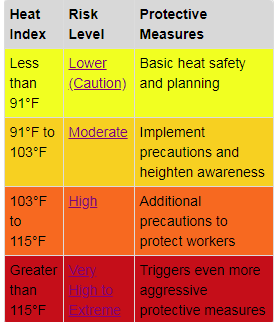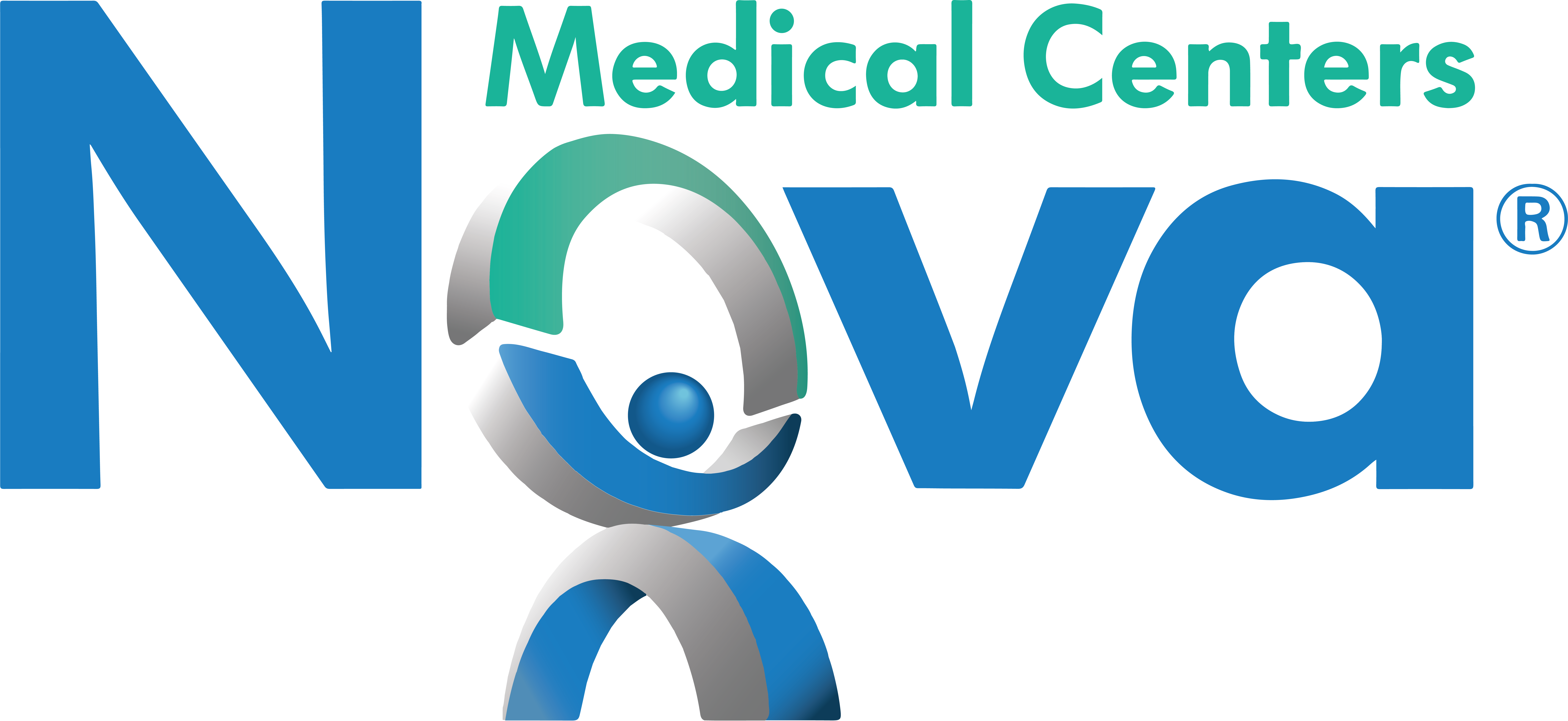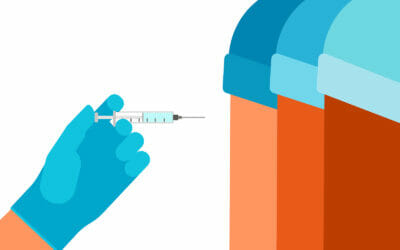
Heat stress is the heat load to which a worker is exposed including physical exertion, environmental factors, and clothing worn. Every year, thousands of workers become ill or injured due to extreme heat conditions. While every field is susceptible to heat-related injuries, according to OSHA more than 40% of heat-related worker deaths occur in the construction industry. Although heat hazards are common in indoor and outdoor work environments, heat-related illnesses and fatalities are preventable. Here is everything you need to know about occupational heat stress:
Heat-Related Illnesses
- Heat stroke, the most serious form of heat-related illness, happens when the body becomes unable to regulate its core temperature. Sweating stops and the body can no longer rid itself of excess heat. Signs include confusion, loss of consciousness, and seizures. Heat stroke is a medical emergency that may result in death! Call 911 immediately.
- Heat exhaustion is the body’s response to the loss of water and salt from heavy sweating. Signs include a headache, nausea, dizziness, weakness, irritability, thirst, and heavy sweating.
- Heat cramps are caused by the loss of body salts and fluid during sweating. Low salt levels in muscles cause painful cramps. Tired muscles—those used for performing the work—are usually the ones most affected by cramps. Cramps may occur during or after working hours.
- Heat rash, also known as prickly heat, is a skin irritation caused by sweat that does not evaporate from the skin. Heat rash is the most common problem in hot work environments.
How Hot Is Too Hot?
Workers exposed to hot indoor environments or hot and humid conditions outdoors are at risk of heat-related illness. The heat index, which takes both temperature and humidity into account, is a useful tool for outdoor workers and employers.

Heat Stress Prevention
OSHA does not have a specific standard that covers working in hot environments. Nonetheless, under the OSHA Act, employers have a duty to protect workers from recognized serious hazards in the workplace, including heat-related hazards. Here are some protective measures to take to prevent heat-related injuries:
- Employers should have an emergency plan in place that specifies what to do if a worker has signs of heat-related illness, and ensures that medical services are available if needed.
- Use cooling fans and reflective shields to reduce radiant heat
- Workers must have adequate potable (safe for drinking) water close to the work area and should drink small amounts frequently
- In some workplaces, insulated gloves, insulated suits, reflective clothing, or infrared reflecting face shields may be needed.
- Workers and supervisors should be trained about the hazards of heat exposure and their prevention.
Heat stress can escalate quickly if measures are not taken to reduce the heat strain on the body. However, with proper knowledge of the climate, you will be working in and taking precautions, avoiding heat stress is easy. If occupational heat stress does occur, contact Nova Medical Centers to get treatment for a fast recovery.



